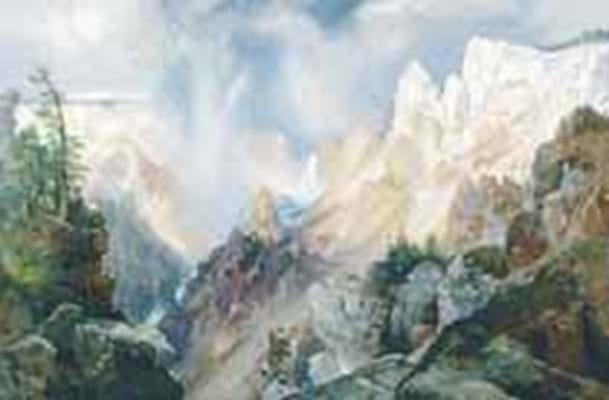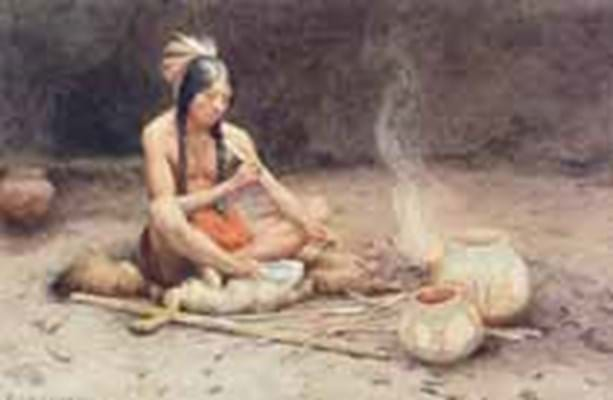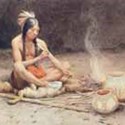Born in Lancashire, Moran (1837-1926) was only seven years old
when his family emigrated to the US - though in 1861 he did make a
return visit to England in which he was influenced by study of the
works of Joseph Turner and Claude Monet. He made the first of his
many western journeys in 1871, travelling as an artist with F.V.
Hayden's government-sponsored exploration of the Yellowstone
valley. Entranced with what he found there, he returned time and
time again, earning the nickname 'Yellowstone' (he even
incorporated a letter Y into his monogrammed signature) and making
his last visit at the advanced age of 87 years.
In 1954, Mists of Yellowstone was given to the Modern Art Museum
of Fort Worth (Texas) by the publisher, philanthropist and
collector Amon G. Carter, to mark the opening of their new
building, but in 1972 it was placed on extended loan with the Amon
Carter Museum itself (opened in 1961, initially to house Carter's
huge collection of the works of Western artists Frederick Remington
and Charles Russell) and just three years ago, the MAM's trustees,
honouring the ACM's own expansion and renovation, decided to make
it a return gift rather than a loan.
Moran's Yellowstone canvas was one of several lots sent for
auction that produced record prices in a sale that totalled over
$16m (£8.85m), among them Squaw Winter, depicting teepees in a
wintery Montana landscape, by Taos artist Joseph Sharp, which made
a double estimate $950,000 (£522,500). Also part of the Amon Carter
Museum entry was The Arrow Maker, a large watercolour by Eanger
Irving Couse (1866-1936) that made $280,000 (£154,000). Both lots
were accompanied by letters from the artists to Amon Carter.
‘Yellowstone’ Moran’s lucky number comes up in a Reno casino
COMMISSIONED in 1908 by the Thomas D. Murphy Calendar Co., Mists of Yellowstone, one of many pictures of what is now the Yellowstone National Park region painted by Thomas Moran, nearly doubled the previous saleroom best for the artist on July 29. It made $4.4m (£2.42m) in the grand ballroom of the Silver Legacy Resort & Casino in Reno, Nevada – where Coeur d’Alene Art hold an annual auction, the big event of the year for well-heeled lovers of Western art.








